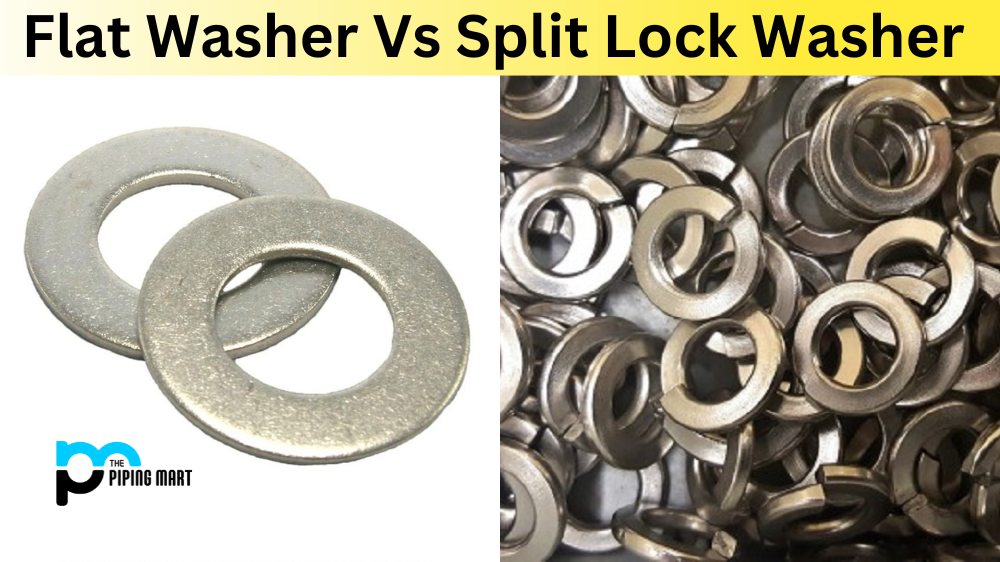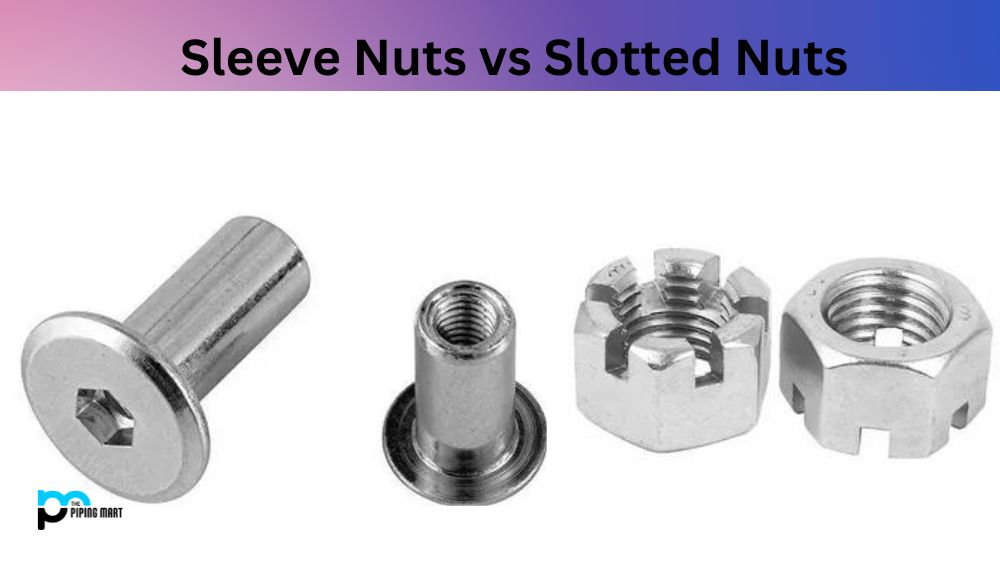Industrial cutting machinery is crucial to the manufacturing and construction of most materials. Two of the most popular cutting methods are flame cutting and plasma cutting. Both techniques are widely adopted to cut through metal, but which one is better? In this blog post, we will explore and compare the two cutting techniques to provide you with an informed decision on which method is perfect for your project.
What is Flame Cutting?
Flame cutting is a traditional method of cutting metals that has been in use for many years. The process involves melting metal using a flame fueled by oxygen and other additional gasses like acetylene, propane, or natural gas. The melted metal is then expelled from the cut using compressed air.
Flame cutting works well for thicker materials. The cutting process is relatively faster, but the edges’ outcome is less clean than a plasma cutter. Thermal distortion is common with flame cutting due to high temperatures, so you must make up for it by annealing or normalizing it afterwards.
What is Plasma Cutting?
Plasma cutting works by ionizing gas molecules to create a high-density plasma beam. This beam melts through metal to produce clean, quick cuts. The method can cut through different materials, such as steel, stainless steel, brass, copper, aluminium, etc.
One big advantage of plasma cutting is that it generates less heat and minimal distortion, making it ideal for intricate or delicate projects. Plasma cutting produces a clean and precise edge and eliminates the need for additional finishing work.
Difference Between Flame Cutting and Plasma Cutting
The two technologies have their pros and cons. Flame cutting is traditional and faster but with minor drawbacks like lower accuracy levels, lower cutting quality, high-temperature distortion, and safety risks. On the other hand, plasma cutting is perfect for delicate works, produces better accuracy, produces minimal heat distortion, and requires less finishing work. Still, it has longer cutting times and more equipment maintenance costs.
- Plasma cutting is a process that uses a high-velocity stream of ionized gas to cut through metal.
- Flame cutting is a process that uses a flame to heat up and melt metal so that it can be cut.
- Plasma cutting is faster than flame cutting and can be used on thicker pieces of metal.
- Flame cutting produces more fumes and smoke than plasma cutting.
- Plasma cutting is more expensive than flame cutting.
Conclusion
In conclusion, both flame and plasma cutting have advantages and disadvantages. To decide which cutting method is better for your project, consider the type, thickness, and quality of the material you will be cutting. Additionally, consider factors such as safety, speed, accuracy, and the nature of the job. If precision cutting is vital, plasma cutting is the way to go. However, flame cutting is preferable if you are cutting thicker materials, and precision is less of a concern. Whichever method you choose, ensure you use only top-quality cutting equipment and observe all safety precautions to avoid accidents and injuries.

Hey, I’m Krutik, a casual blogger expert in the metal industry. I am passionate about providing valuable information to my readers. With a background in engineering and construction, I like playing Cricket & watching Netflix shows in my free time. Thank you for visiting my blog, and I hope you find my information helpful!




